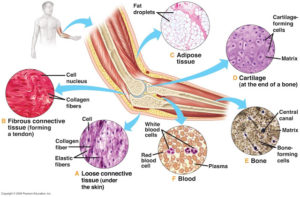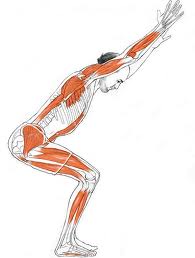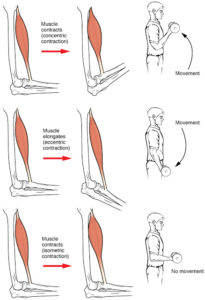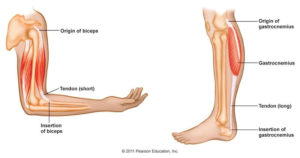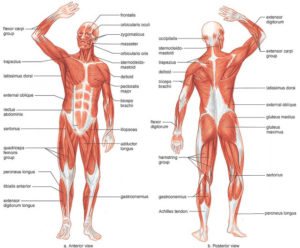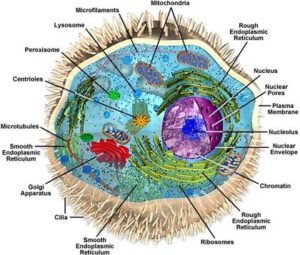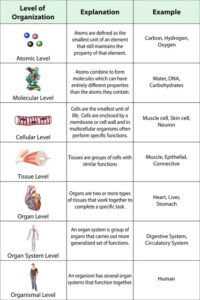The 4 paths
Why so much anatomy in this blog?! After this post you'll know why eheheh!!! Here i gave you a first definition of yoga and what you'll get practicing! Let's be more traditional now! We agree that yoga is the merging of your individual self with the universal self, let's reformulate in this way: out there there is an infinite source of energy that is all creating, all pervading, all moving, all effecting... you can fill this concept with religious words or philosophical words or scientific words or you can just keep it as a concept... if you consider this concept unexisting

